
The Perfect Sleep Space
Your bedroom is more than just a place to crash at the end of a long day. It’s the place where you recharge and unwind. Surprisingly, simple design tweaks can make a world of difference in how well you sleep.
From choosing the right bedding to adjusting the lighting, these tips will help you create a space that’s cozy, calming, and perfect for a good night’s sleep. Let’s explore easy ways to turn your bedroom into a restful and inviting spot for a great night’s sleep.

Start with the Perfect Mattress
Your mattress is the foundation of quality sleep. A medium-firm mattress often provides the best balance of comfort and support, according to sleep experts. Memory foam, latex, and hybrid options cater to different needs, so be sure to test before you buy.
A mattress tailored to your body type and sleeping style makes a world of difference. If you’re unsure, consider a trial period that many brands now offer.
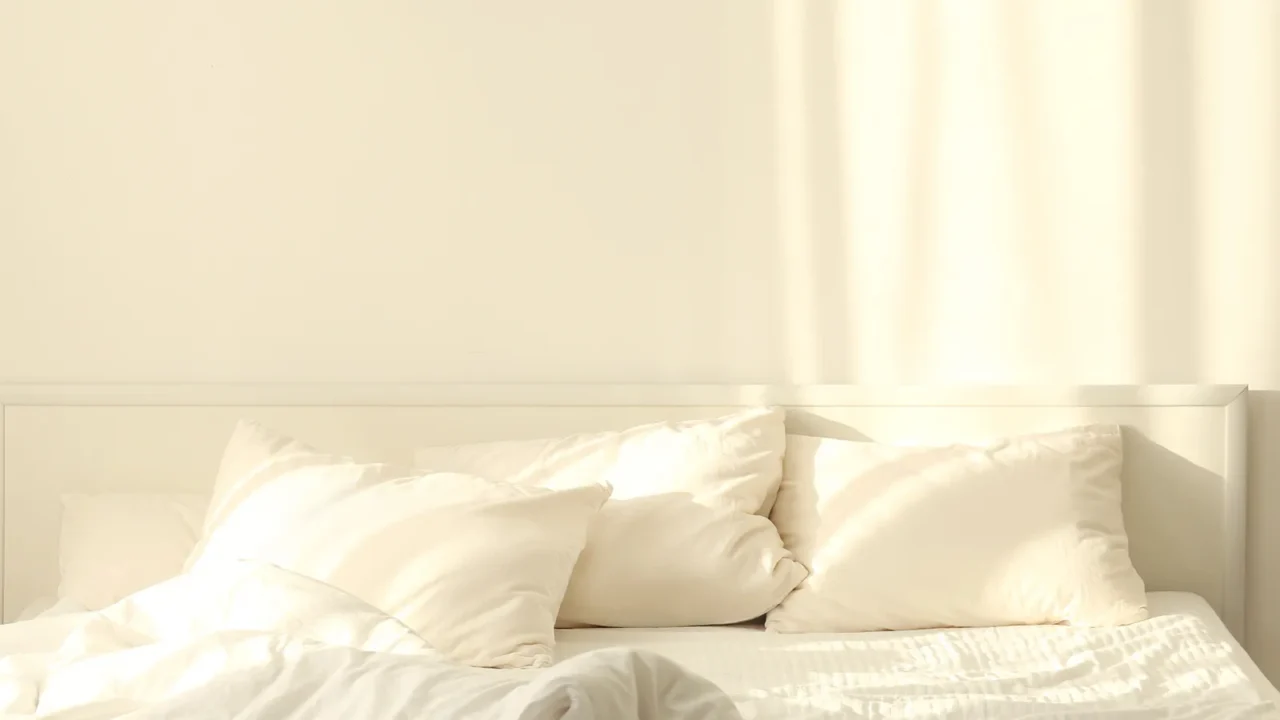
Invest in Supportive Pillows
The right pillow supports your head and neck, reducing strain and improving alignment. Side sleepers might prefer firm pillows, while back and stomach sleepers may benefit from softer options. Memory foam and cooling gel varieties are great for added comfort.
Switching pillows every 1–2 years is key to maintaining hygiene and support.
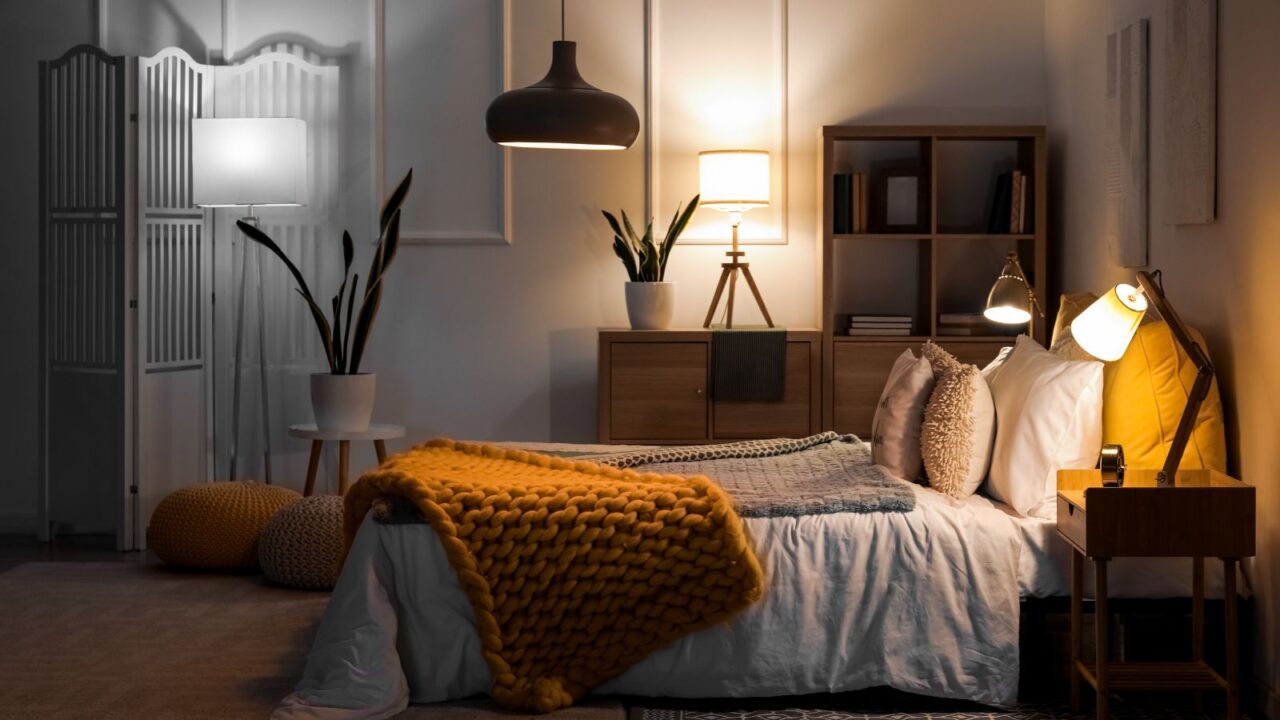
Set the Mood with Lighting
Lighting impacts sleep more than you might think. Swap harsh overhead lights for warm, dimmable bedside lamps. String lights or sconces add a cozy ambiance without being overwhelming.
For optimal rest, install blackout curtains to block outdoor lights and invest in a sunrise alarm clock to mimic natural light in the morning. These small upgrades help regulate your circadian rhythm.
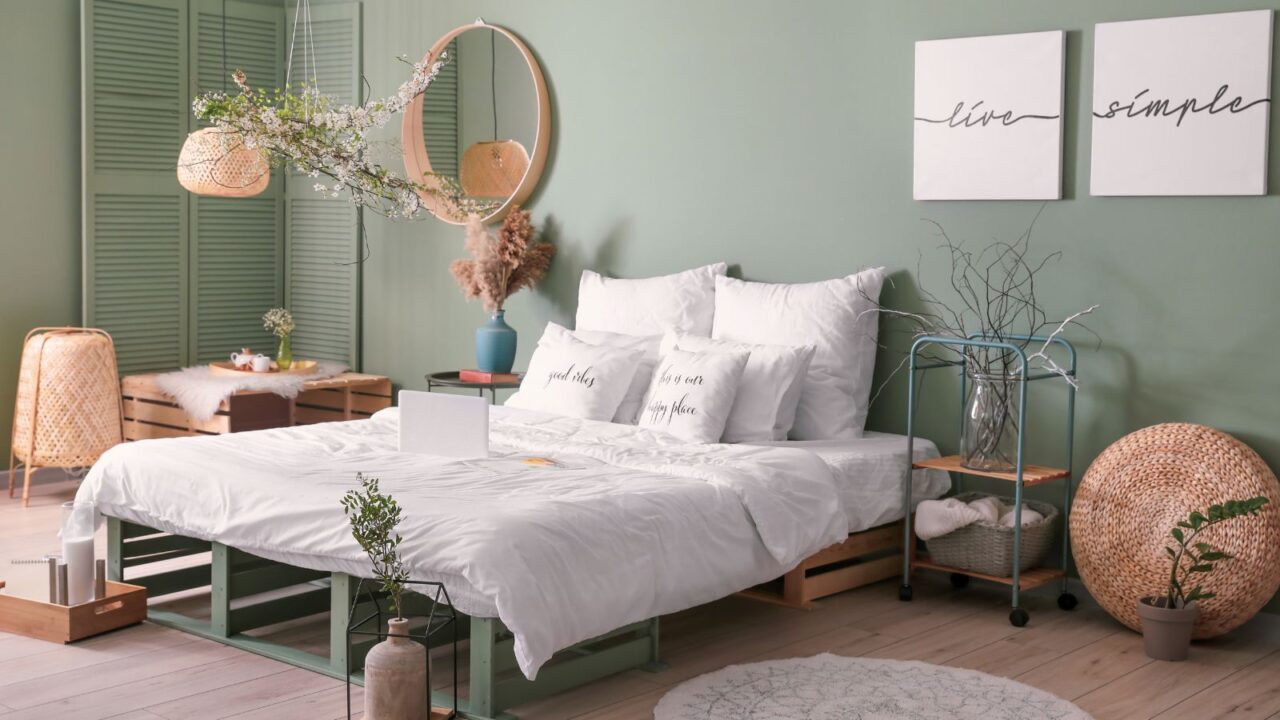
Choose Calming Wall Colors
Wall color sets the tone for your bedroom. Cool shades like blue, gray, or lavender promote relaxation and have been linked to better sleep. Avoid bold or overly vibrant colors as they can overstimulate your mind.
If you love brighter hues, use them as accents in pillows or artwork instead. A cohesive color scheme helps your bedroom feel serene and inviting.
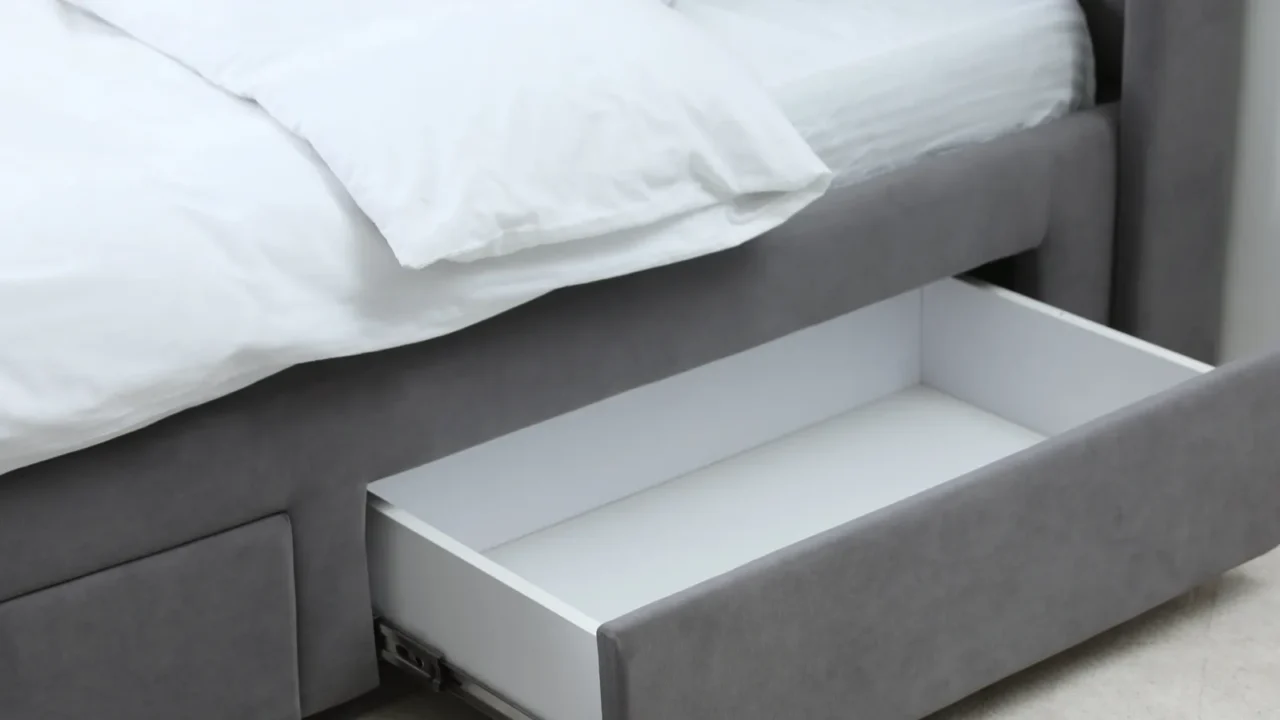
Declutter for a Clean Mind
Clutter in your bedroom can lead to anxiety and restless nights. Clear out items that don’t serve your sleep environment, like unnecessary gadgets or work-related materials.
Invest in multi-functional furniture, such as beds with built-in drawers, to maintain a clean, peaceful vibe. Keeping surfaces clear can also make daily tidying less of a chore.

Keep It Cool
Temperature is crucial for quality sleep. The ideal sleeping temperature is typically between 60–67°F. Use a programmable thermostat or ceiling fan to maintain this range at night.
Light, breathable bedding made of natural fibers like cotton or linen prevents overheating. Don’t underestimate the impact of a well-regulated sleeping environment.
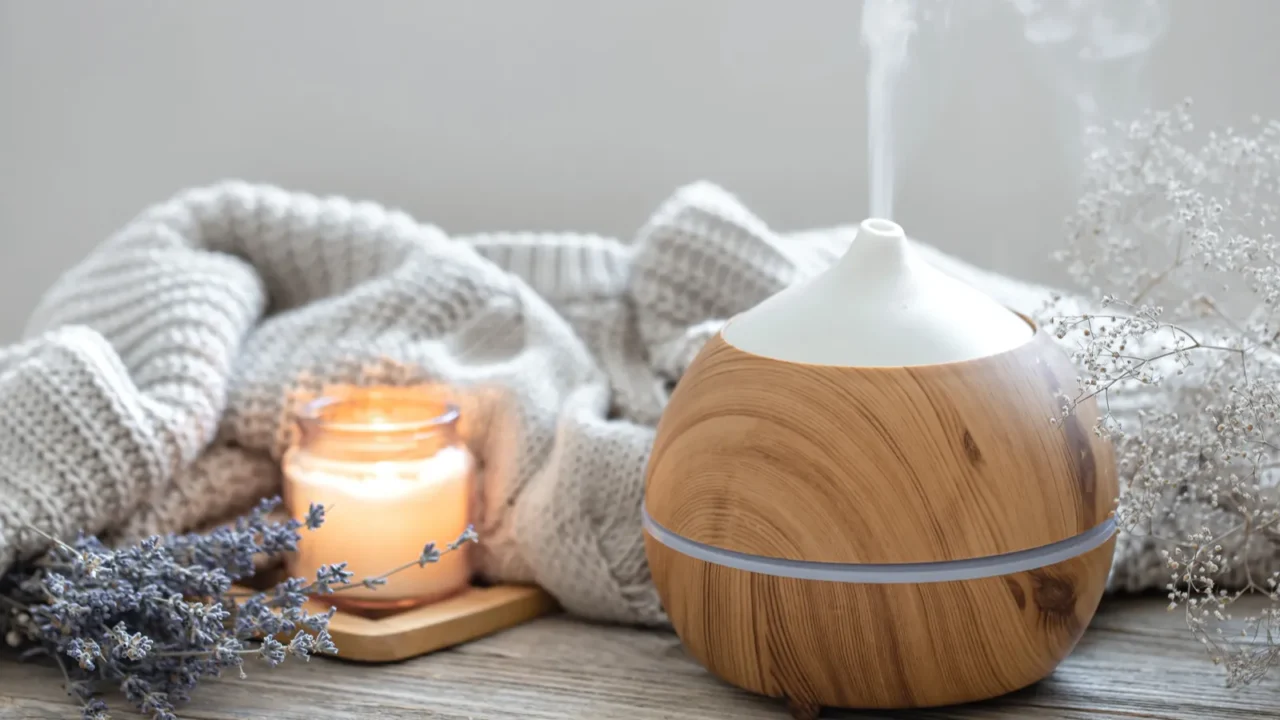
Add Soothing Scents
Aromatherapy can enhance your sleep quality. Lavender, chamomile, and sandalwood are popular choices for their calming effects. Use an essential oil diffuser or spray your pillows with a natural mist before bed.
Be mindful of allergies and opt for hypoallergenic diffusers if necessary. The right scent can help signal your brain that it’s time to unwind.
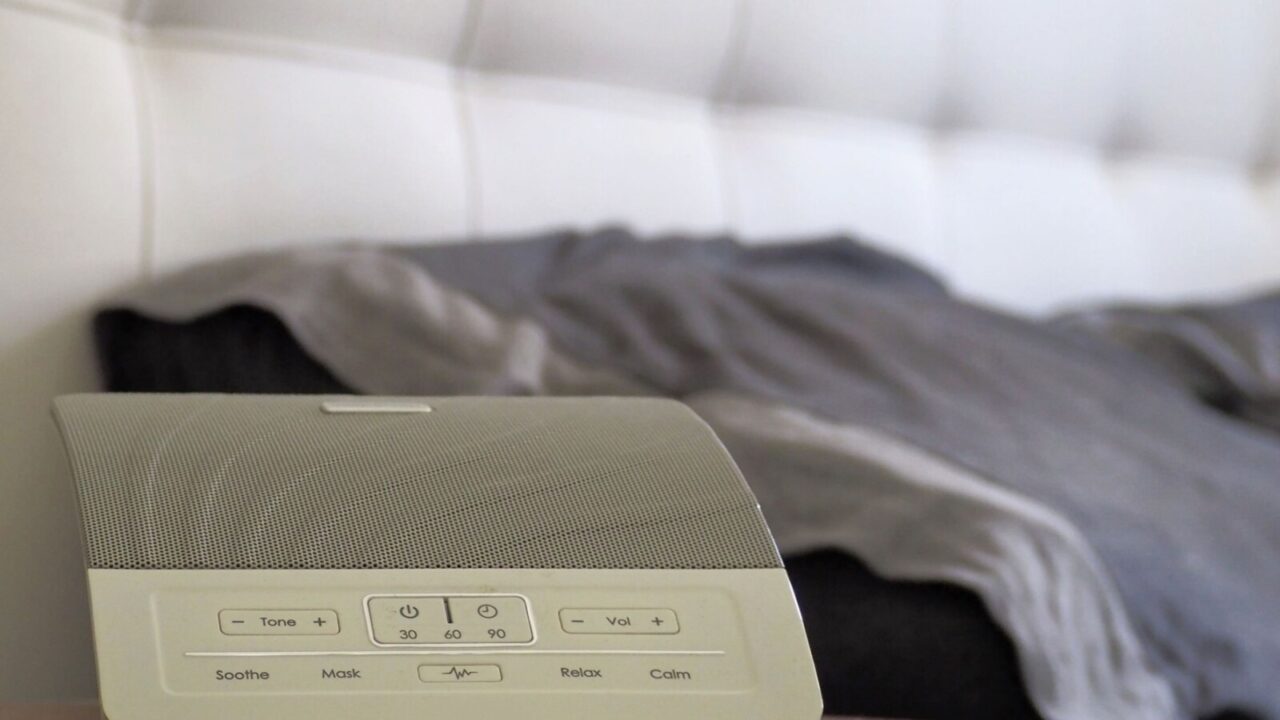
Opt for Sound Control
Noise pollution disrupts sleep. Add thick rugs, curtains, and upholstered furniture to absorb sound in your bedroom. A white noise machine or fan can mask intrusive sounds effectively.
If you live in a noisy area, consider soundproofing windows or doors. The goal is to create an oasis where external distractions don’t interfere with your rest.
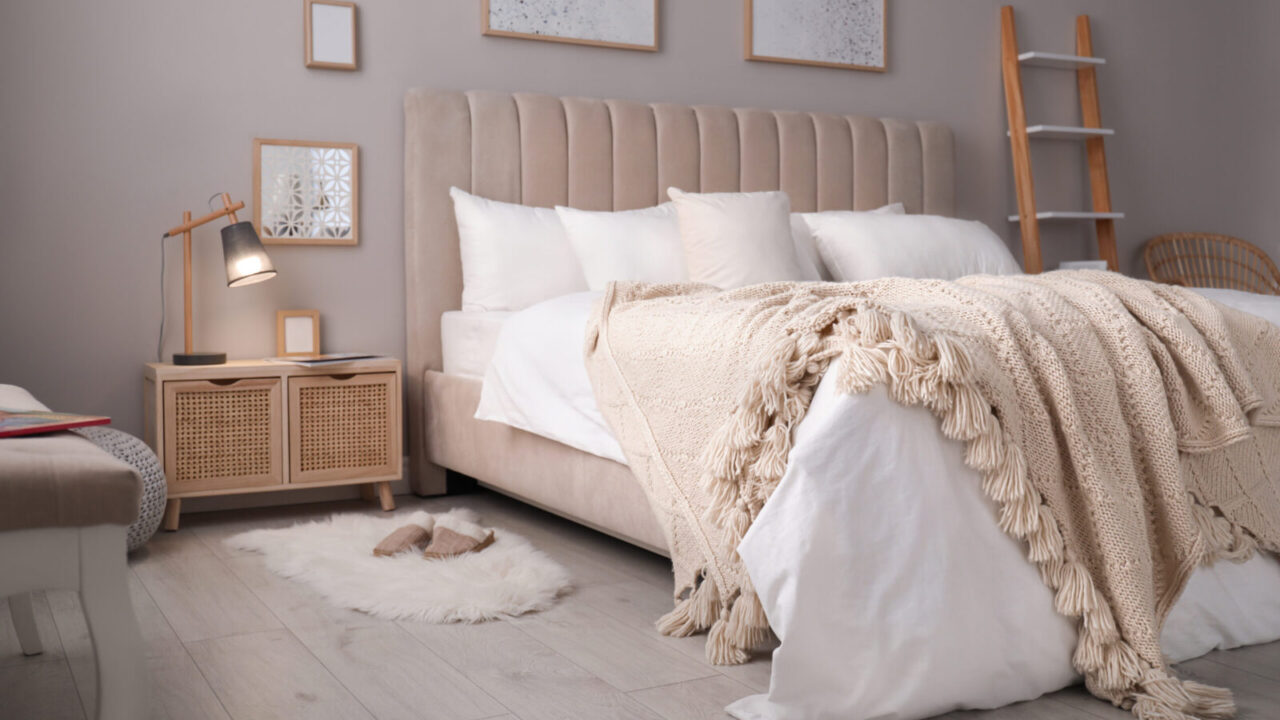
Invest in Quality Bedding
High-thread-count sheets and plush duvets make a difference in sleep comfort. Look for breathable materials that keep you cool in summer and warm in winter.
Layer your bedding for versatility and style. Consider a throw blanket for added coziness. Properly caring for your linens also ensures they stay soft and inviting for years.

Position Your Bed Strategically
Where you place your bed impacts sleep quality. Avoid aligning it directly with the door or window to minimize drafts and noise. Positioning the bed against a solid wall creates a sense of stability.
Experiment with Feng Shui principles, like ensuring you have a clear view of the door. This arrangement fosters relaxation and security, key components of restorative sleep.
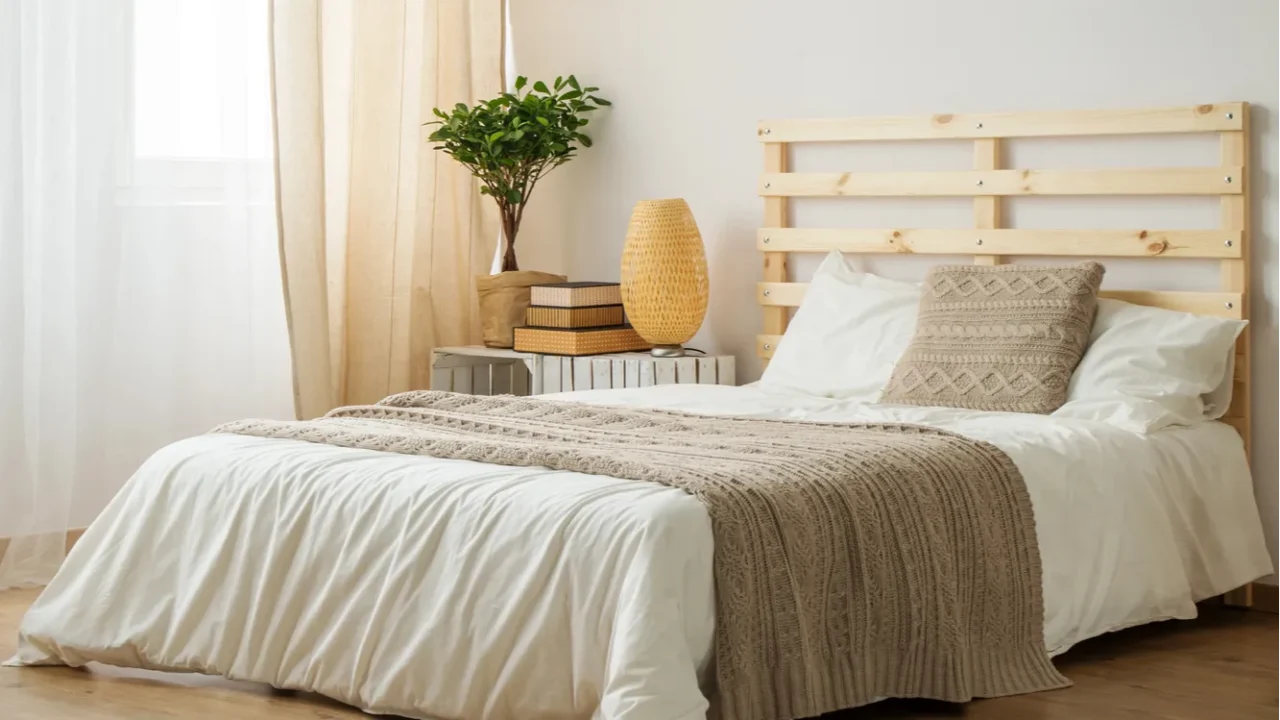
Create Tech-Free Zones
Technology in the bedroom disrupts sleep patterns. Keep TVs, phones, and laptops out of your sleeping area. Blue light from screens hinders melatonin production, making it harder to fall asleep.
If you must use your phone as an alarm, switch to “Do Not Disturb” mode and place it across the room. This small adjustment promotes better habits over time.
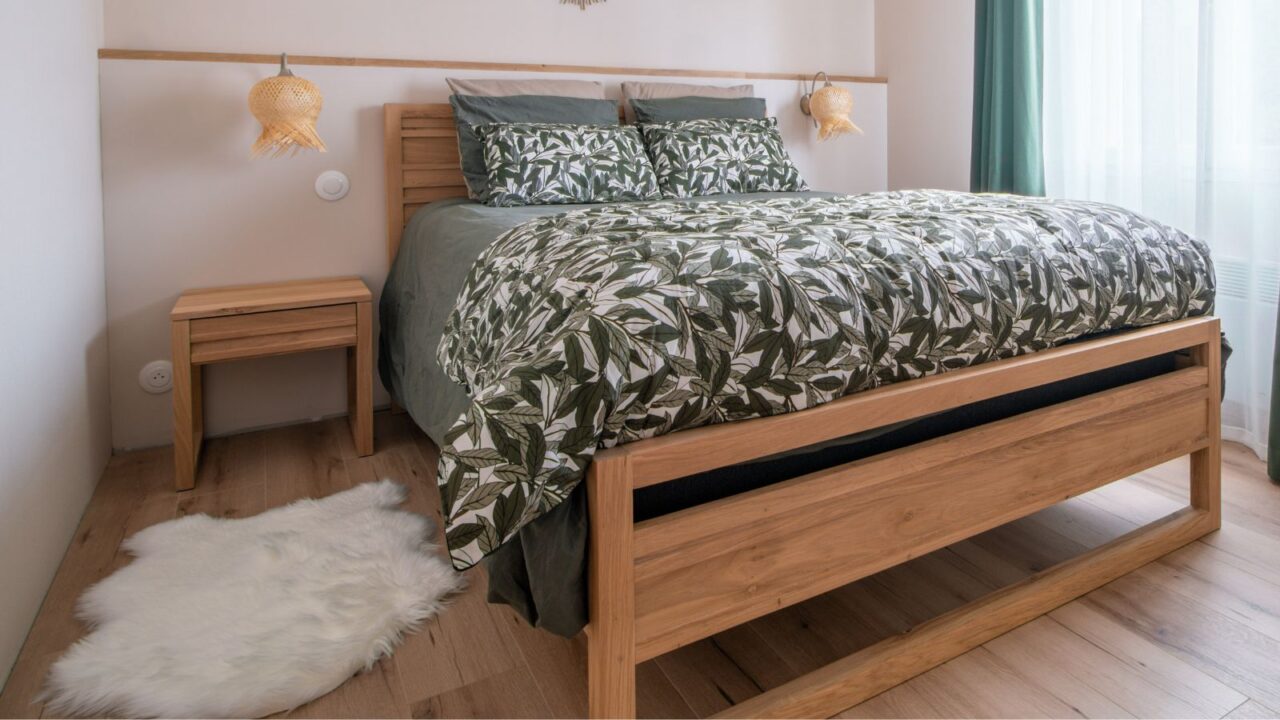
Incorporate Soft Textures
Soft textures add warmth and comfort to your bedroom. Layering plush area rugs, faux fur throws, or chunky knit blankets creates a space that’s both visually and physically cozy.
The combination of textures adds depth and interest without overwhelming the room. These tactile elements make your bedroom more inviting, enhancing its restful appeal.

Experiment with Weighted Blankets
Weighted blankets reduce anxiety and mimic the feeling of a hug, promoting relaxation. Choose a blanket that’s about 10% of your body weight for optimal comfort.
This therapeutic option is particularly beneficial for easing stress or improving sleep for those with insomnia. This cozy addition could be your new favorite sleep aid.
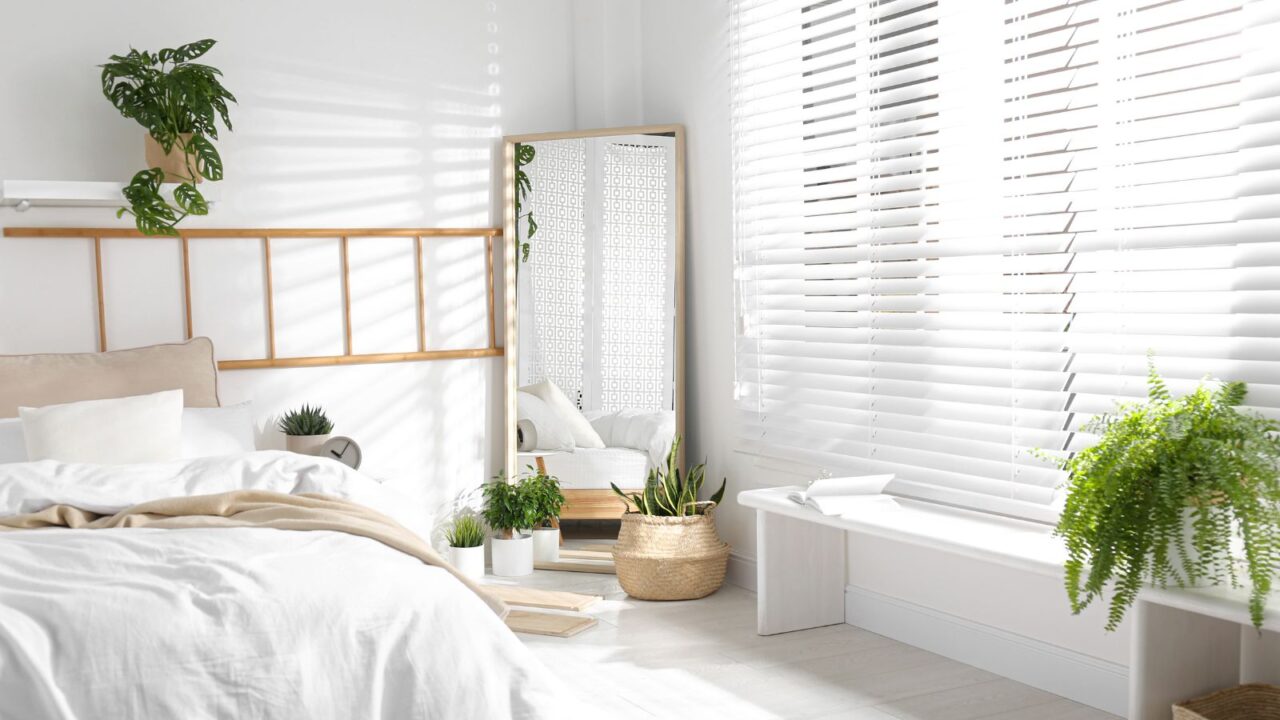
Maximize Natural Light
Natural light has a big impact on mood and overall sleep quality. Position furniture strategically to let in sunlight, making your room feel brighter and more uplifting during the day.
Sheer curtains or blinds provide privacy while maintaining brightness. A well-lit bedroom during the day contributes to better rest at night. Working with a smaller space? Check out these mirror arrangements to make your bedroom more open and spacious.
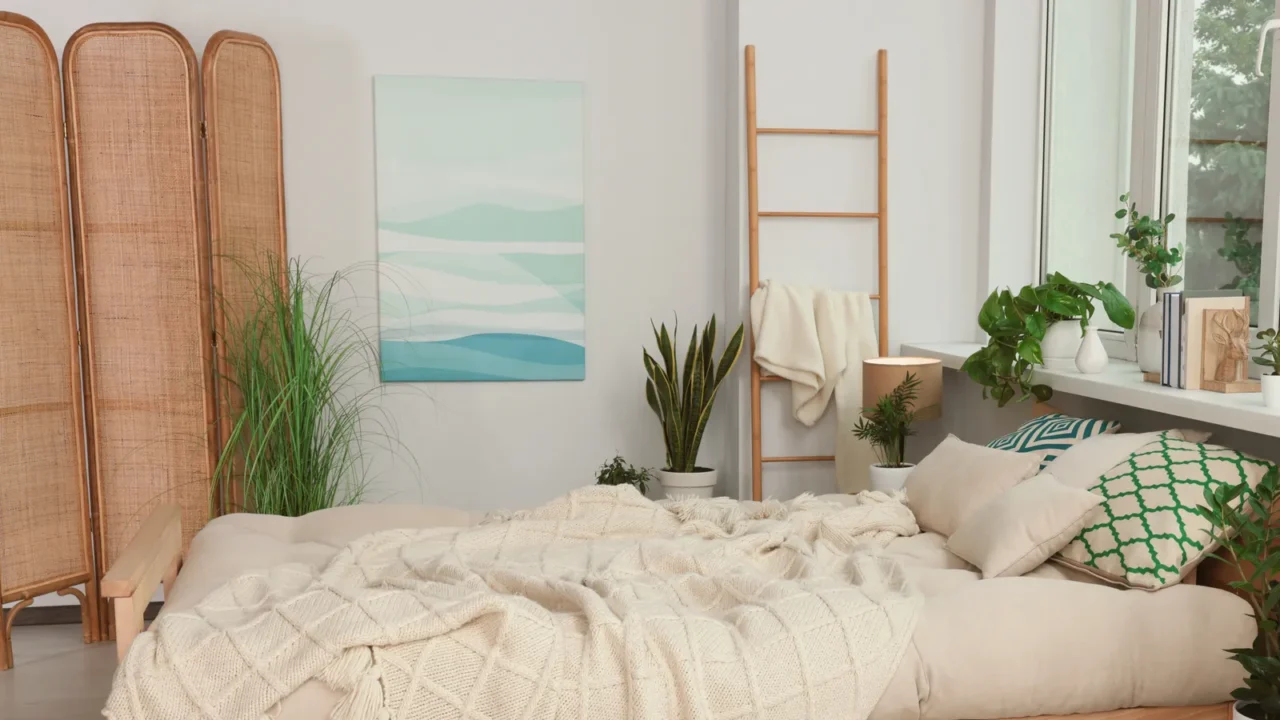
Better Air Quality
Indoor plants not only improve air quality but also create a calming atmosphere. Popular options like snake plants, peace lilies, and pothos are easy to care for and thrive in bedroom environments, even with minimal attention.
Arrange plants near windows to optimize natural light and airflow. Not only do they enhance aesthetics, but they also create a healthier, fresher environment.
Looking for even more hassle-free options? Discover the best easy-care plants that will thrive in your bedroom with minimal effort.
Which of these tips are you adding to your bedroom for a better night’s sleep? Share your favorites with us in the comments.
Read More From This Brand:
- Common Bedroom Mistakes That Disrupt Sleep
- Make Your Bedroom Soundproof For Restful Sleep
- Smart Devices For Better Sleep (Know Now)
Don’t forget to follow us for more exclusive content right here on MSN.